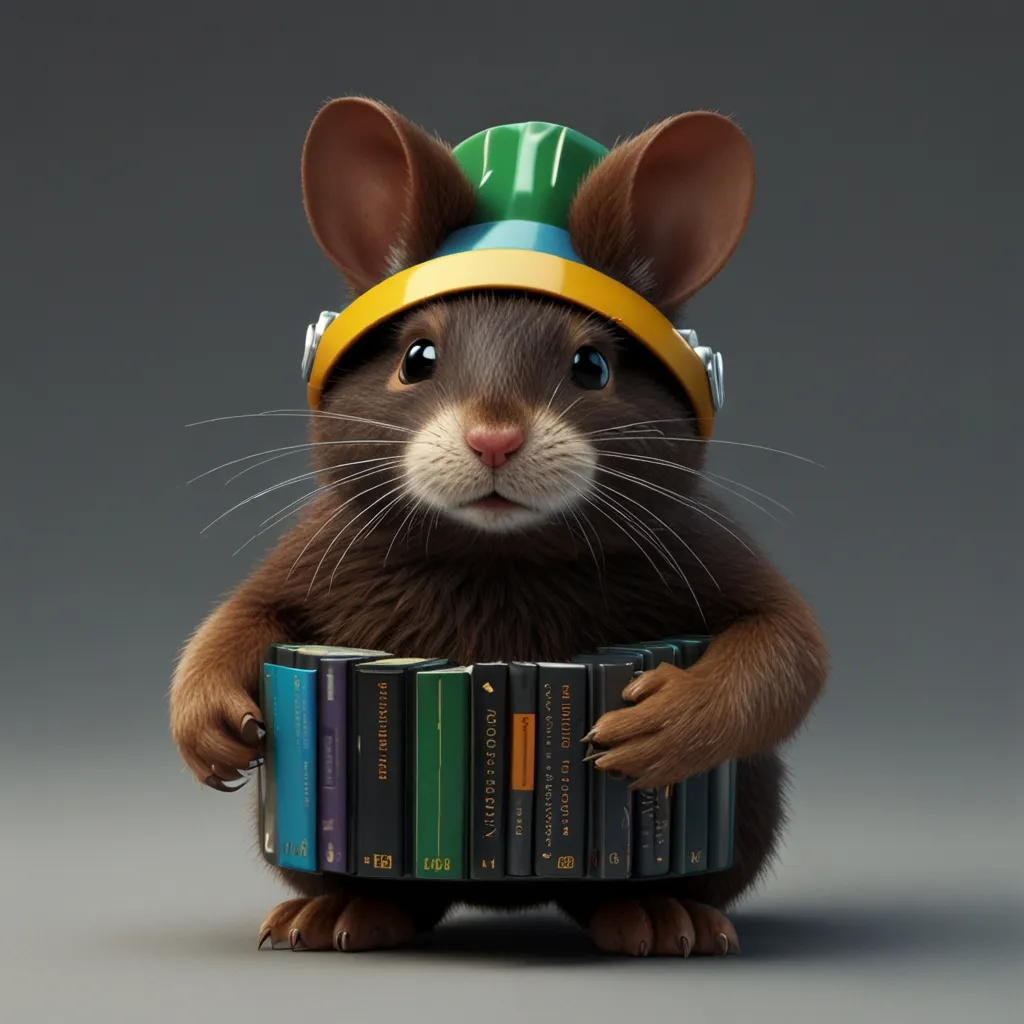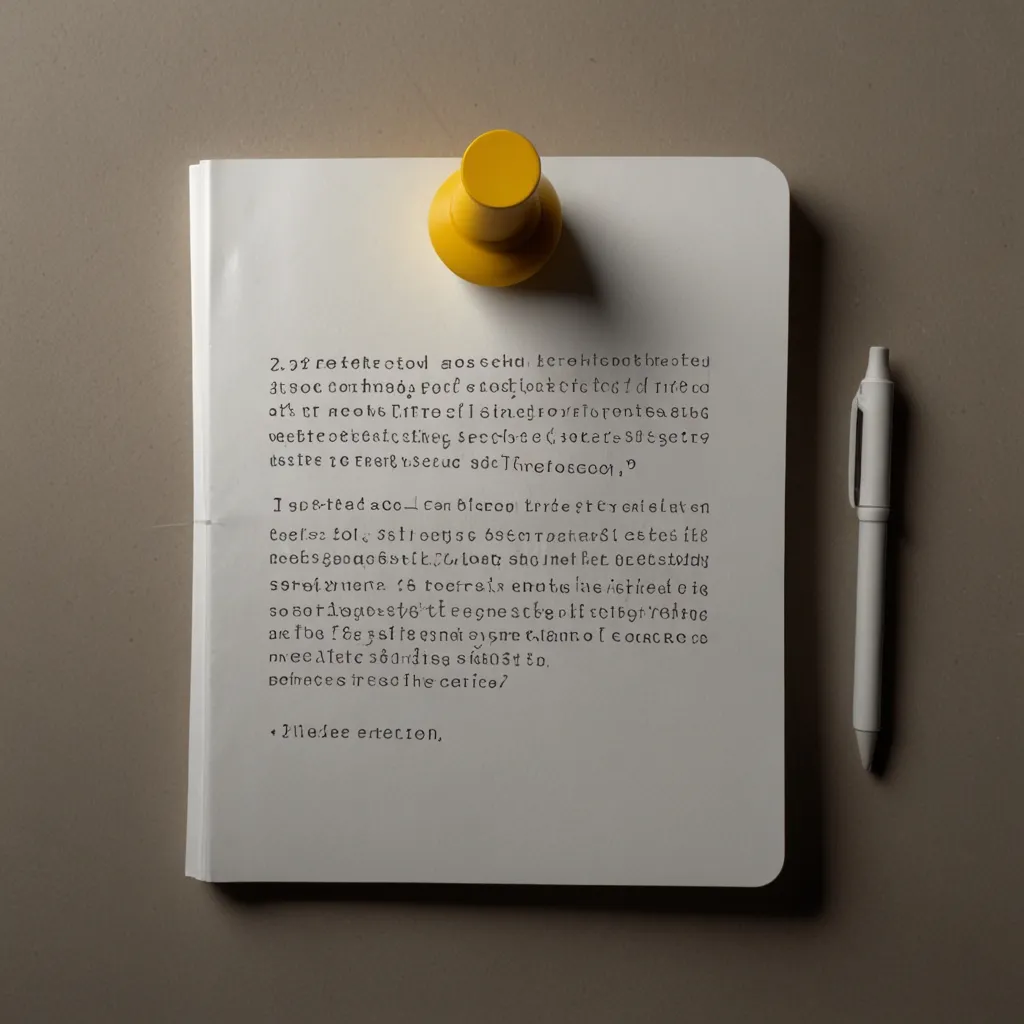There’s something truly satisfying about documentation that’s easy to understand and navigate. Too often, developers skip the essential process of documenting their work, leaving others to wade through a swamp of unclear functions and cobbled-together comments. Let’s dive into some straightforward, no-nonsense practices to make your documentation shine, ensuring your code is crystal clear and helpful to anyone who stumbles upon it.
Before anything else, nailing down your baseline and scope is a game changer. Start by figuring out what the minimum knowledge your reader needs to have to make sense of your documentation. Think of it like curating a set of prerequisites. For example, if you’re writing a guide on Redux, expect your audience to have a working knowledge of React, understand state management, and be familiar with functional programming concepts like pure functions and immutability. This way, you won’t waste time explaining the basics and can get straight to the good stuff.
On that note, treating documentation as an afterthought is a common rookie mistake. It has to be a key part of the dev process right from the get-go. Each feature, update, or change should come hand-in-hand with the necessary documentation. This isn’t just for newbies; even seasoned team members will appreciate an up-to-date, consistent knowledge base.
One thing that can’t be stressed enough is the importance of organization and accessibility. No one likes to scroll through walls of text to find what they need. Break it up using headers, subheaders, and bullet points. If it’s accessible and easy to navigate, chances are folks will actually use it. And whether it’s online or a printed manual, easy access is non-negotiable.
Imagine this: you’re trying to grasp a complex concept, and the doc is full of jargon and convoluted sentences. Frustrating, right? Ditch the fancy words and aim for clear, simple language. Breaking down complicated ideas into smaller, digestible chunks makes the doc so much easier to follow. Think of it like talking to a friend who’s new to the topic – keep it friendly and straightforward.
Including visuals and real-world examples can make a world of difference. Diagrams, screenshots, even brief videos – these can turn abstract ideas into something concrete and understandable. And throwing in examples or exercises helps people see exactly how things work in practice, making the learning process smoother.
Now, even though your documentation should cater to those who are new, don’t dumb it down. Think of ways to balance content so that both entry-level readers and experienced users find it valuable. For example, explain what a data provider is and perhaps insert a terminology section. That way, no one feels left out, and everyone can follow along at their own pace.
Consistency is key. Stick to the same terms and phrasing throughout your doc to avoid causing confusion. If you refer to “user agents” as browsers, keep that reference steady. Also, ensure each section and subsection has a clear purpose and relevant content to back it up.
Let’s not forget that software evolves, and your documentation should evolve with it. Regular updates are a must to keep it accurate and useful. This practice helps prevent knowledge gaps and keeps the doc relevant and dependable.
Once you think you’re done, you’re really just getting started. Test your documentation with someone who has fresh eyes – someone not familiar with the product or service. They’ll spot gaps, errors, or anything that’s unclear. Proofreading is a step you can’t skip. Make sure it’s polished and free of mistakes before it reaches the masses.
Embedding documentation into your development workflow can save headaches down the line. Code-coupled documentation, which updates as the code does, can be a lifesaver. It’s like having interactive instructions that evolve with your project. This reduces the time new hires need to get up to speed and prevents constant interruptions to more seasoned team members.
Using active voice makes a big difference, too. Instead of passive constructions like “the function is triggered,” say “the user triggers the function.” Clear pronouns and specific nouns avoid ambiguity, making sure everyone knows exactly what’s being referred to.
Optimizing the structure of your documentation is about finding balance. A good hierarchy helps, with clear sections and subsections loaded with enough information. Skip overly fragmented subsections. Stick to bulleted lists where needed, which makes the hierarchy cleaner and navigation a breeze.
Engagement is also crucial. No one wants to slog through boring, sterile documentation. Infuse your doc with a friendly tone and throw in relevant examples. Avoid being too technical or vague, as that only confuses readers, and instead make your content both useful and enjoyable.
To hammer home these tips, let’s look at a real-world example like a simple Python function. Here’s how you might document a function for calculating the area of a rectangle:
# Function to calculate the area of a rectangle
def calculate_area(length, width):
"""
Calculate the area of a rectangle.
Parameters:
length (int): The length of the rectangle.
width (int): The width of the rectangle.
Returns:
int: The area of the rectangle.
"""
return length * width
# Example usage:
area = calculate_area(5, 3)
print(f"The area of the rectangle is {area} square units.")
In this snippet:
- Having a baseline knowledge of basic Python syntax and functions helps.
- Clear explanations are given for the function’s purpose, parameters, and return value.
- An example usage shows readers how to implement the function practically.
- Visual aids like diagrams or screenshots (though not included here) could elevate this further by illustrating the concept of a rectangle and its area.
Sticking to these practices ensures that your documentation isn’t just a dry, technical manual but a valuable resource anyone can refer to and benefit from. Clear, concise, and well-organized documentation will keep your team on track, make onboarding smoother, and save everyone time in the long run.






